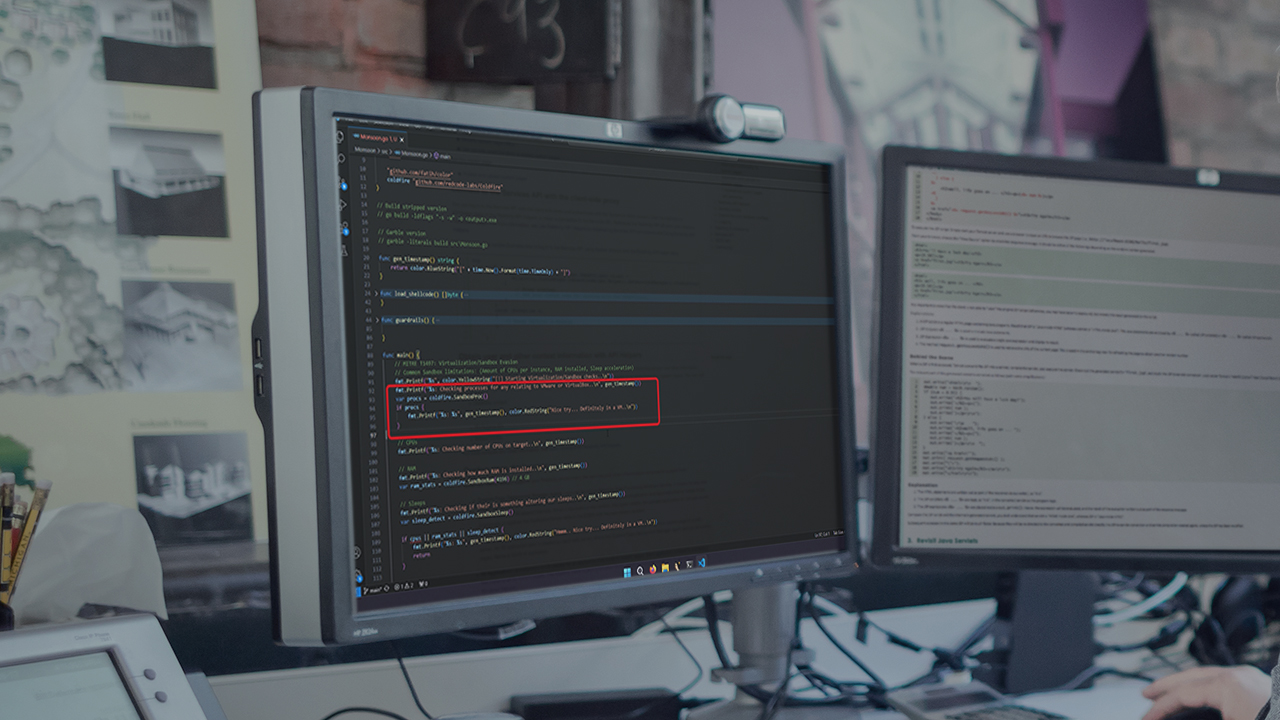- Course
Resource Development with ColdFire
In this course you will learn how to avoid sandbox detection (T1497), perform process injection (T1055) and create encrypted C2 channels (T1573) using ColdFire.

- Course
Resource Development with ColdFire
In this course you will learn how to avoid sandbox detection (T1497), perform process injection (T1055) and create encrypted C2 channels (T1573) using ColdFire.
Get started today
Access this course and other top-rated tech content with one of our business plans.
Try this course for free
Access this course and other top-rated tech content with one of our individual plans.
This course is included in the libraries shown below:
- Security
What you'll learn
In this course, Resource Development with ColdFire, you’ll cover how to utilize ColdFire to execute a full-chain infection from a loader to a stage 2 implant in a red team environment. First, you’ll demonstrate how ColdFire can be used to detect being in a sandbox or virtualized environment. Next, you’ll perform some execution guardrails with ColdFire to enumerate the system and validate it’s the intended target machine. Finally, you will cover loading some shellcode in memory with one of ColdFire’s helper functions. When you’re finished with this course, you’ll have the skills and knowledge to execute these techniques: sandbox evasion (T1497), process injection (T1055), execution guardrails (T1480) using ColdFire. More importantly, knowing how these techniques can be used against you will ultimately lend to your ability as an organization, or an individual, to detect and defend against specific attack vectors.

